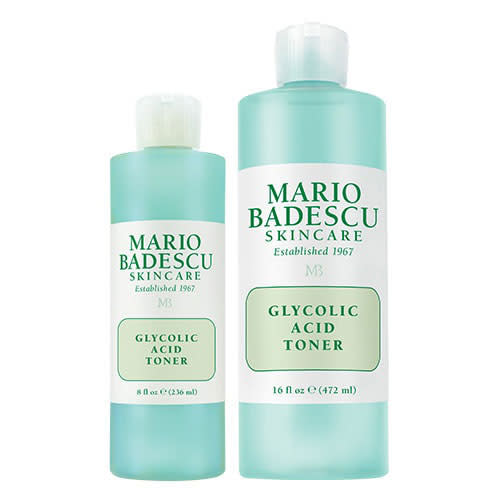A Magic Elixir to Erase Time
-Retinoic Acid-
As I’ve gotten older, it has become harder to ignore the fine lines that
have started creeping into my youthful reflection staring back at me in the mirror. All those extra little brown spots that have begun
to emerge and those little shimmers of grey that glisten so effortlessly in the
light. It is apparent that I am aging. And, like many other women my age, I am seeking
a magic elixir that will slow down time, a product that will lesson or even
reverse the signs of aging.
In the world of
ever-changing anti-aging serums and skincare, how do we chose the right product?
Well, when it comes
to the defense against fine lines and maintaining healthy skin, retinol has
been proven to work3. Retinol,
alongside other retinoids, such as retinoic acid, is a derivative of Vitamin A. A compound we cannot naturally produce in our
bodies, but is essential in maintaining skin cell development and differentiation. It inhibits collagen breakdown, increases
collagen synthesis, increases elasticity, regulates sebum production and is an
anti-inflammatory4. What more
could your skin need? But wait, why does
our skin wrinkle in the first place?
Wrinkles are most
likely caused by a combination of intrinsic and extrinsic aging factors. Intrinsic aging occurs naturally over time;
collagen and elastin production slows, the skin becomes thinner and fragile, and
our oil and sweat glands begin to function at a diminished capacity2. On the other hand, extrinsic aging occurs as
a result of environmental damage. This
type of damage can result in sun spots and freckles, skin cancers and lesions,
thickening of the cornified layer, and an exaggerated loss of collagen and
elastin2.
Finding over the
counter anti-aging products with some form of retinoic acid (also known as,
Retin-A) is imperative in reducing the look of fine lines. I would also suggest
consulting your physician for a prescription.
However, if you’re looking for an over the counter solution, I highly recommend,
Rendermic R Intensive Anti-Aging Treatment from Laroche-Posey at $56.00 or
Restrutiv Retinol from Jouviance at $55.00.
We may not be able to stop the aging process, but we can slow it
down.
Now let’s all continue to age with grace.
1National
Center for Biotechnology Information. PubChem Compound Database; CID=444795, https://pubchem.ncbi.nlm.nih.gov/compound/444795
(accessed November 27, 2018).
2Obagi, S. (2005,
September 26). Why does skin wrinkle with
age? What is the best way to slow or prevent
this process? [Kindle HDX Version]. Retrieved from https://www.scientificamerican.com/article/why-does-skin-wrinkle-wit/
3Valenti, L.
(2018, July 2). A beginner’s guide to retinol, here’s everything you need to
know. Vogue. Retrieved from https://www.vogue.com/article/retinol-retinoids-guide-fine-lines-sun- damage-healthy-glow
4Veronique, M.
(n.d.). Retinol explained + 6 tips for successful use. Retreived on December1,
2018, from https://www.marieveronique.com/blogs/science-research/retinol-explained-6-tips-for- successful-use
[Illustration of aging women]. [Photograph]. (n.d.). Retrieved from https://www.franchiseindia.com/wellness/Coming-of-age--the-anti-aging-Industry.9513









